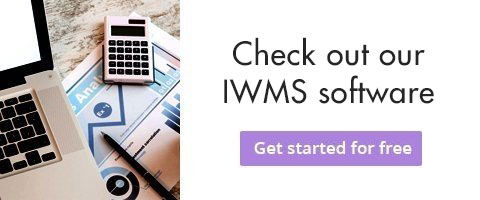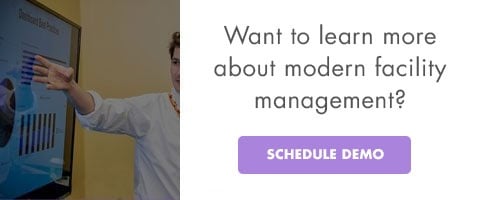Facilities management solutions should accommodate everyone


If you’re thinking of implementing new facilities management solutions, your first order of business is probably to find a software package that meets your needs. You want it to be affordable, easy to implement and relatively simple to use. If you can find all that, you’ll likely be happy.

But it’s not quite that simple. Facilities management isn’t just about using solutions that benefit the user. As an FM, you have to think about much more than satisfying your own needs – you should also use resources that cater to others. You’ll be the one accessing the software and carrying out its basic functions on a daily basis, but you’ll be collaborating with others as well, so you want your tools to be adaptable for co-workers and visitors to your offices.
According to Managing the Built Environment, you should have policies and procedures in place for all office functions, not just the ones that you yourself attend to daily. Michel Theriault, a respected facilities management expert in Canada, explained that facilities management software must cater to the entire companies they serve, not just their primary users.
“Managing facilities is a process- and services-based profession,” Theriault wrote. “A leading organization does what they do consistently in a way that is both efficient and effective. The only way to achieve that is to have procedures that guide staff, suppliers and even occupants through the steps and requirements of each step during service delivery and other activities. This also enables you to manage activities better, implement quality assurance, audit processes, have training tools for staff, both new and existing, and review performance with employees.”
Without a good facilities manager, the company could struggle to achieve and maintain these objectives. Facilities and workplaces are not getting any less complicated. You must be equipped with advanced facility manager skills to understand:
- Constantly changing technology and its effect on the building and workforce.
- Construction means and methods.
- Space planning, furniture and design.
- Real estate laws, leases and property rights.
- Procurement and vendor management.
As a facilities manager, you’re in charge of serving a lot of different people within your buildings. It’s up to you to meet all their needs.
Employees
As a facilities manager, you probably have a lot of co-workers looking to you for guidance about the best way to take advantage of your offices. Hopefully, you’re using facilities management solutions that help you communicate with them clearly and effectively – by sending out emails, publishing newsletters and scheduling meetings to talk about how your facilities run. It’s also good to be able to conduct regular reviews to help train your staff and examine their progress.
Visitors
Whenever someone visits your office building for the first time, it’s beneficial to consider their input on the experience. If you have customer service solutions in place for collecting feedback, you’ll be able to improve your facilities and make them more welcome to visitors. This can help your company attract more customers and build stronger partnerships with other local businesses.
Landlords
One aspect of proper facilities management is lease management. You need to have formal processes in place for assessing your lease charges (not to mention property tax bills), and a good facilities management solution can help with this. The financial side of facilities management can be stressful, but that burden is significantly eased if you have reliable software for ensuring that the billing process goes smoothly each month.
Bosses
As a facilities manager, you likely have supervisors breathing down your neck for a variety of reasons. One is keeping costs down, so you’ll need to have a software solution in place that makes sure your budgeting practices are responsible. In addition, you’ll need solid occupancy management resources in order to keep your facilities use efficient yet also safe.
When managing an office building, you’re juggling a lot of different responsibilities and reporting to a lot of people. Make sure you implement software solutions that work well for yourself, but benefit others as well. Your entire company will thank you later. If you’re struggling to figure out if an IWMS is worth the investment, check out our savings calculator.
Editor’s Note: This blog post was originally published in September 2013 and has been updated for accuracy and relevance.


